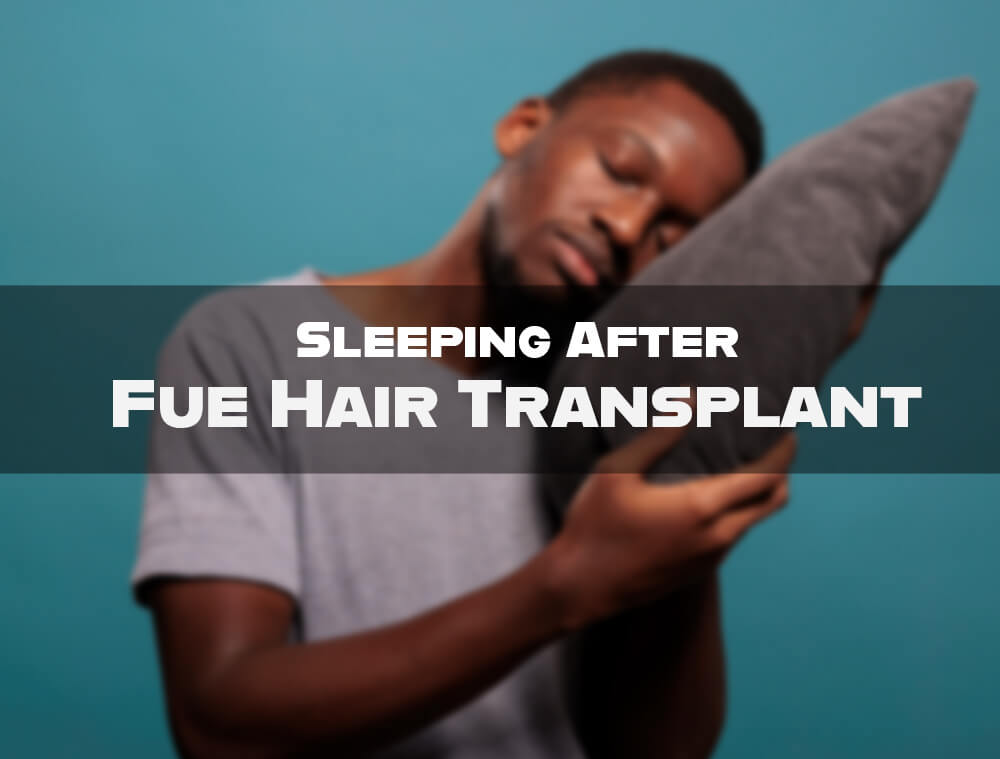
A Follicular Unit Extraction (FUE) hair transplant is a minimally invasive procedure that can help restore hair growth in individuals suffering from hair loss. However, post-operative care, especially the way you sleep, plays a crucial role in the success of the procedure. This article delves into the importance of sleeping positions, precautions, and tips to ensure a smooth recovery after an FUE hair transplant.
The Importance of Proper Sleeping Position
After undergoing an FUE hair transplant, the newly transplanted hair follicles are in a vulnerable state. They need time to anchor themselves firmly into the scalp. A proper sleeping position can help protect these follicles from unnecessary pressure or friction, which can dislodge them and affect the overall results of the transplant.
Moreover, the right sleeping position can also help reduce swelling and discomfort, which are common after the procedure. By keeping the head elevated, you can prevent fluids from accumulating in the scalp area, thus minimizing swelling and speeding up the healing process.
Elevating the Head
One of the most recommended sleeping positions after an FUE hair transplant is to sleep with the head slightly elevated. This can be achieved by using a recliner or by stacking multiple pillows. The aim is to keep the head above the level of the heart to prevent fluid buildup.
It’s important to ensure that the pillows are firm and provide adequate support. Soft pillows that cause the head to sink may increase the risk of applying pressure on the transplanted area. A travel pillow can also be useful in providing the necessary support and preventing the head from moving while sleeping.
Back Sleeping
Back sleeping is another recommended position as it helps keep pressure off the transplanted area. It’s crucial to avoid sleeping on the stomach or sides as these positions can cause rubbing or dislodging of the grafts.
While back sleeping, care should be taken to avoid any direct contact between the transplanted area and the pillow. A soft, silk pillowcase can help reduce friction and provide a smooth surface for the scalp.
Precautions to Take While Sleeping
Along with the right sleeping position, there are several precautions that need to be taken to protect the transplanted hair follicles and ensure a smooth recovery.
Firstly, it’s important to avoid any activities that can cause sweating, as it can increase the risk of infection. This includes strenuous exercises, consuming spicy foods, or sleeping in a hot room. Keeping the room cool and well-ventilated can help prevent sweating and promote a comfortable sleep.
Avoiding Alcohol and Smoking
Alcohol and smoking can interfere with the healing process and should be avoided after an FUE hair transplant. Alcohol can thin the blood and increase the risk of bleeding, while smoking can reduce blood flow to the scalp, affecting the survival of the transplanted follicles.
It’s recommended to abstain from alcohol and smoking for at least a week after the procedure to ensure optimal healing and results.
Keeping the Scalp Clean
Keeping the scalp clean is crucial to prevent infection and promote healing. However, washing should be done gently to avoid dislodging the grafts. Your doctor will provide specific instructions on how to wash your hair after the procedure.
It’s also important to avoid scratching or touching the transplanted area as it can cause damage to the follicles. If itching occurs, a spray provided by your doctor can be used to soothe the area.
Tips for a Comfortable Sleep
Getting a good night’s sleep after an FUE hair transplant can be challenging due to discomfort and the need to maintain a specific position. However, there are several tips that can help make sleeping more comfortable and aid in the recovery process.
Using a neck pillow can provide support and prevent the head from moving during sleep. It can also help maintain an elevated position and reduce the risk of swelling.
Using a Dark-Colored Pillowcase
Some bleeding or discharge is normal after an FUE hair transplant. Using a dark-colored pillowcase can help hide these stains and make the sleeping environment more comfortable.
It’s also recommended to change the pillowcase daily to maintain cleanliness and prevent infection.
Creating a Calm Sleeping Environment
Creating a calm and relaxing sleeping environment can help promote quality sleep. This includes keeping the room dark, quiet, and at a comfortable temperature. Using a white noise machine or earplugs can also help block out disruptive noises.
Relaxation techniques such as deep breathing or meditation can also be beneficial in promoting sleep and reducing stress.
Sleeping after an FUE hair transplant requires some adjustments and precautions, but with the right approach, it can significantly contribute to a successful recovery and optimal results. Always follow the specific instructions provided by your doctor and don’t hesitate to reach out to them if you have any concerns or questions.
Remember, the post-operative care is just as important as the procedure itself in achieving the desired hair restoration results.



